The demand for wooden furniture is steadily rising, leading to the prevalence of cheap timber in the market. Particularly, timber exported from Africa, with abundant supply and affordable prices, has become an attractive option for many consumers and businesses. However, behind this appealing price tag lie lesser-known stories about production processes, product quality, and potential impacts on the environment and human health. In this article, K-TIMBER will provide a comprehensive view of cheap timber and the considerations that businesses should keep in mind when importing African timber.
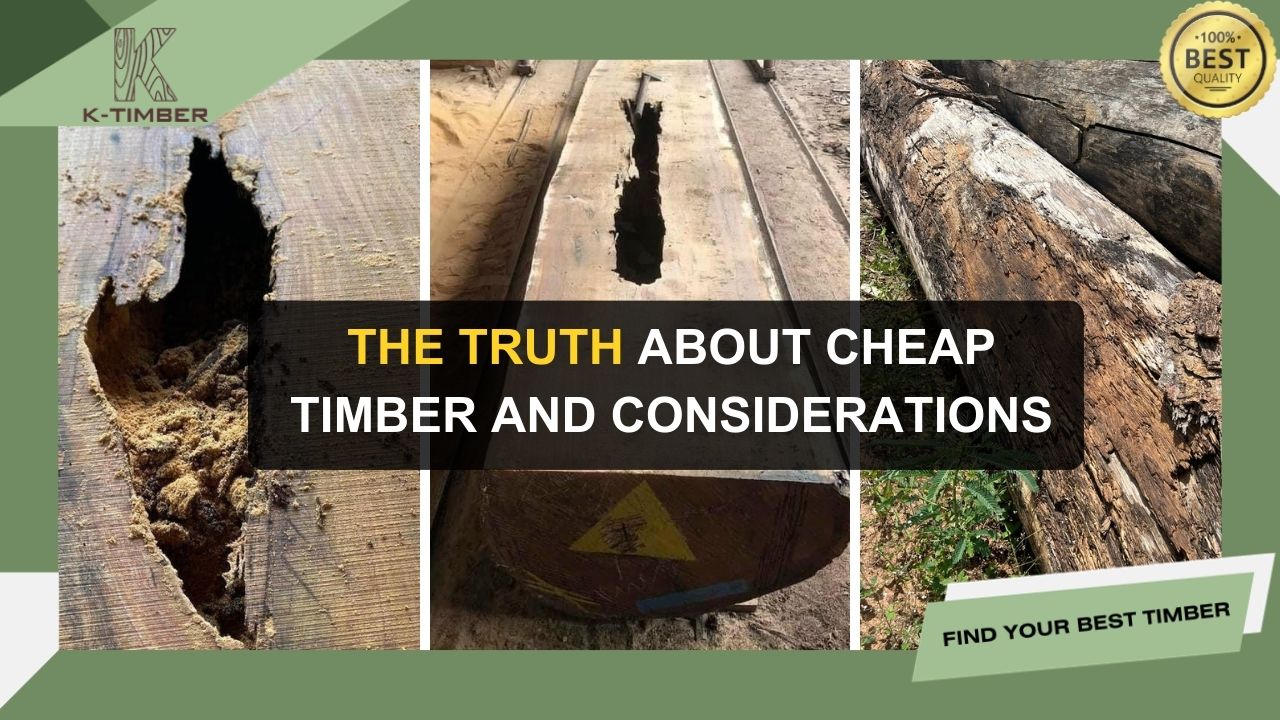
Table of Contents
Cheap timber flooding the market
Cheap African timber is increasingly prevalent in the market, becoming a notable phenomenon in the global timber industry. According to reports from the International Wood and Timber Products Association, the importation of timber from Africa to various countries has increased by approximately 30% from 2018 to 2022, with significantly lower selling prices compared to natural timber in the market.
With prices ranging from 150 to 300 USD per cubic meter for African hardwoods such as Doussie, Iroko, Sapele, Okoume, etc., these cheap timber varieties have become highly attractive to many businesses seeking cost-saving solutions. For instance, Medium-Density Fiberboard (MDF) produced from wood pulp and wood chips is priced from 70 to 100 USD per cubic meter, whereas natural timbers like pine and beech from regions like Eastern Europe and Asia are priced from 150 to 200 USD per cubic meter.

Although the low prices offer significant advantages for consumers and manufacturers looking to minimize production costs, these cheap timber varieties are often associated with issues of poor wood quality, unclear wood sourcing, and negative environmental impacts.
Specifically, cheap African timber often fails to adhere to sustainable management regulations and environmental protection standards. Additionally, the widespread presence of cheap African timber also imposes significant pressure on timber prices in the market and high-quality timber products, affecting market structure and the reputation of the timber industry, particularly concerning timber imported from Africa.
The use of cheap timber poses a range of hidden risks to both consumers and the environment. Firstly, in terms of quality, cheap timber often fails to guarantee durability and long-term usability. It is prone to termite damage, warping, and cracking after a period of use. Moreover, this condition is inevitable when many suppliers are deceived into purchasing cheap timber sources. Imported timber may arrive hollow due to termite damage, cracked, or treated with harmful chemicals. This leads to significant financial losses for many suppliers.

From an environmental perspective, the exploitation of cheap timber is often associated with unsustainable logging practices, deforestation, and increasing biodiversity loss. Specifically, according to reports from Global Forest Watch (GFW), Africa lost 3.6 million hectares of forest in 2022, equivalent to over 14,000 square miles. The Democratic Republic of Congo is the country with the highest deforestation rate, with 1.2 million hectares lost in 2022.
From an economic standpoint, the proliferation of cheap timber puts significant pressure on high-quality timber-producing businesses, distorts market structures, and reduces the competitiveness of sustainable timber products. This heavily impacts the prices of industrial timber products on the market.
Guide on how to differentiate various types of wood in the market
Choosing the right wood material not only affects durability and aesthetics but also determines the selling price of furniture products. This is even more crucial for natural wood varieties. In the following section, K-TIMBER will share with you some knowledge on how to differentiate various types of natural wood in the market.
Oak wood
Although not among the top valued types of wood, in European markets, oak wood is one of the most commonly used natural woods due to its high durability, load-bearing capacity, and resilience to harsh weather conditions.
To differentiate between various types of oak wood in general, oak wood typically has a light, yellowish hue. Oak wood usually comes in two types: Russian oak and American oak:
- Color: Russian oak has a whitish-yellow color, while American oak has a darker, more ivory-yellow color.
- Grain pattern: Russian oak has large, elliptical concentric grain patterns. American oak, on the other hand, has vertical grain patterns with evenly distributed flecks.

Ash wood
Ash wood is also a type of high-quality natural wood with a reasonable price. This type of wood is highly favored by many manufacturers in Europe and the Middle East for its durability and dense wood structure, as well as its relatively good screw and nail holding capabilities.
Distinguishing between various types of Ash wood in the market is not too difficult because of its characteristic ivory-yellow color. The wood has elliptical grain patterns that are uniform and distinct.

Mussivi wood
Mussivi wood is also a familiar type of natural wood in many Asian countries, especially Vietnam, where it is highly favored. This wood is classified into Group I – the list of the highest-grade premium wood materials today. Therefore, Mussivi wood has high durability and long-term usability. Moreover, this type of wood has a pleasant characteristic fragrance.
However, there are many types of Mussivi wood available on the market from different countries:
- Mussivi wood from Angola: This wood has a very prominent dark red color with smooth wood grain, soft and distinct wood grain patterns, and a characteristic fragrance.
- Mussivi wood from South Africa: This wood has a light red or pink-red color, with fairly uniform and continuous wood grain patterns.

Walnut wood
Walnut wood is also one of the types that bring high economic value and aesthetic appeal. This wood possesses good load-bearing and impact resistance, as well as excellent resistance to termites and warping. Not only is it used in interior design, but walnut wood is also commonly used in Feng Shui, bringing prosperity and luck into life.
Differentiating walnut wood is relatively easy, it has a characteristic color ranging from light brown to deep chocolate brown. The wood grain forms natural, undulating waves, providing an attractive allure to furniture products.
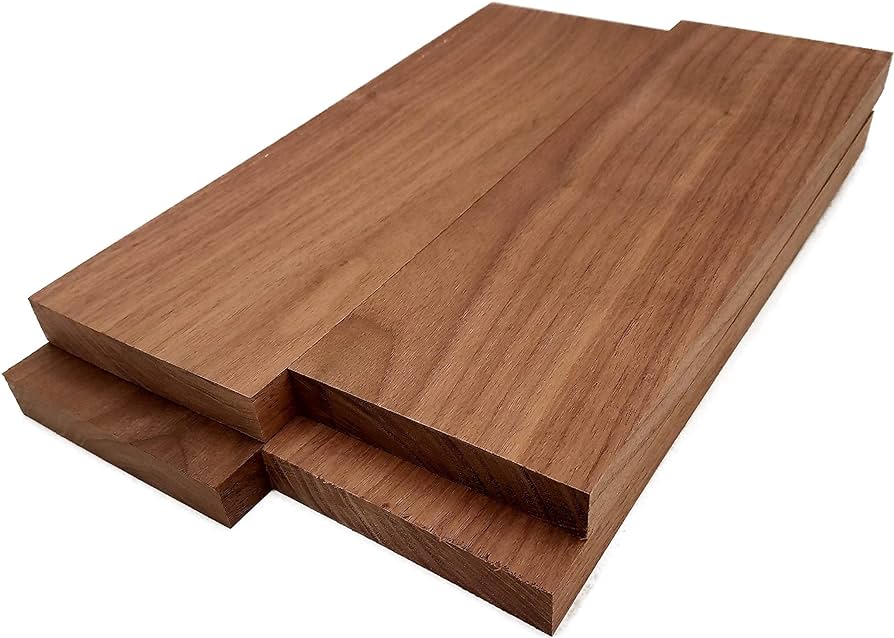
Pachyloba wood
Pachyloba wood is also a rare and precious type of natural wood mainly imported from Africa. This wood is also classified into Group I, similar to Mussivi wood. Pachyloba has a red or pink-red color depending on its growth environment. The wood grain consists of large patterns with alternating yellow and black hues.
Iroko wood
Iroko wood is also a type of natural wood classified into Group IV – a premium wood group with significant economic and aesthetic value. Iroko wood has a dense, hard, and extremely sturdy structure. Therefore, furniture products made from Iroko wood are highly favored by many European customers for their durability and weather resistance.
To distinguish high-quality Iroko wood in the market, it is necessary to consider the weight, color, and wood grain. High-quality Iroko wood typically has a relatively heavy weight, a dense and compact structure. The wood is smooth, and the grain is straight, layered on top of each other.

Some considerations when buying wood on the market
When choosing to buy wood on the market, buyers need to pay attention to several important factors to be able to purchase high-quality wood that suits their needs.
- Check carefully the source and origin of the wood to ensure that the wood source is sustainably harvested and legal.
- Choose the type of wood suitable for the purpose and needs. Each type of wood will have different characteristics and load-bearing structures, so choosing the appropriate type of wood will ensure the durability and aesthetics of the product.
- Select a reputable wood supplier with a long history of exporting wood and providing full certificates of origin and wood quality. In this regard, K-TIMBER is one of the leading African wood suppliers with over 20 years of experience, providing a variety of high-quality African woods according to FAS standards, surely bringing quality and trustworthy wood products.
- Ensure transparency and accuracy in all international trade transactions.
- Lastly, consider the price. A good price often comes with excellent quality. Therefore, make sure you get the most suitable price for similar quality.
Cheap timber often comes with many hidden risks. Wood may not guarantee quality, origins may not be clear, or it may be illegally harvested. Hopefully, through this article, you will have careful considerations before making any decisions in international trade business.


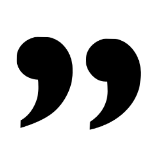

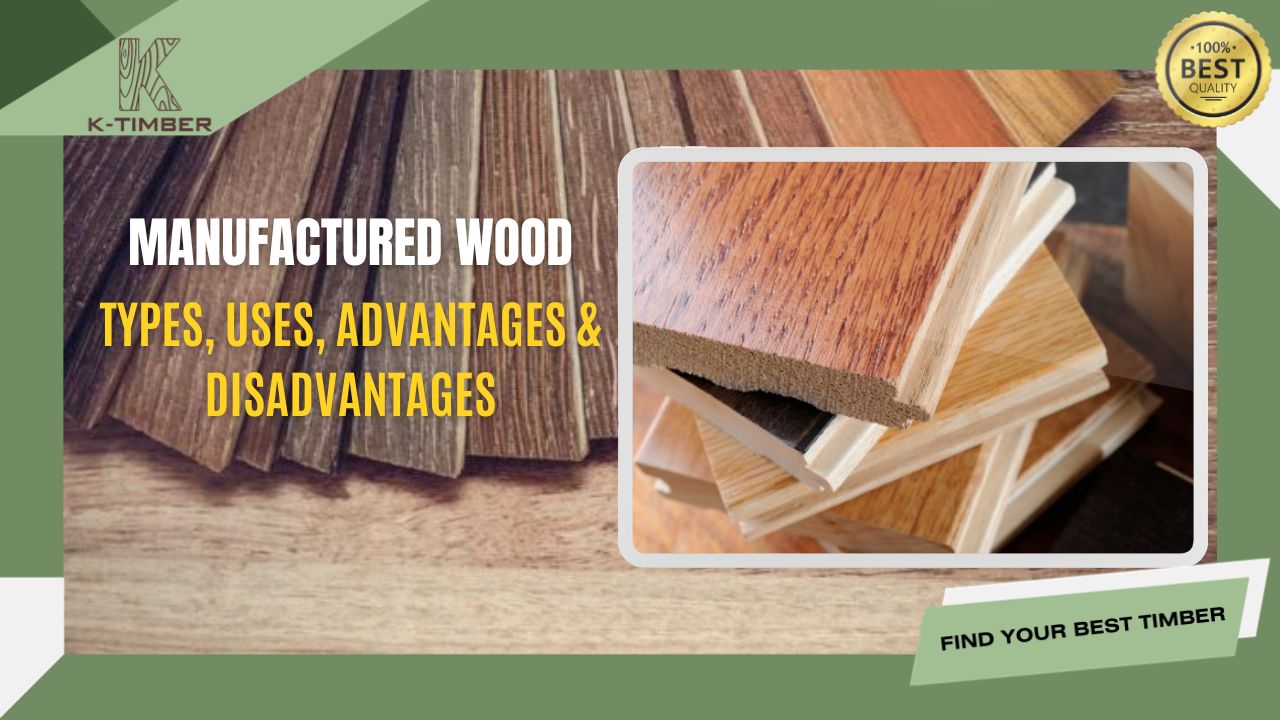
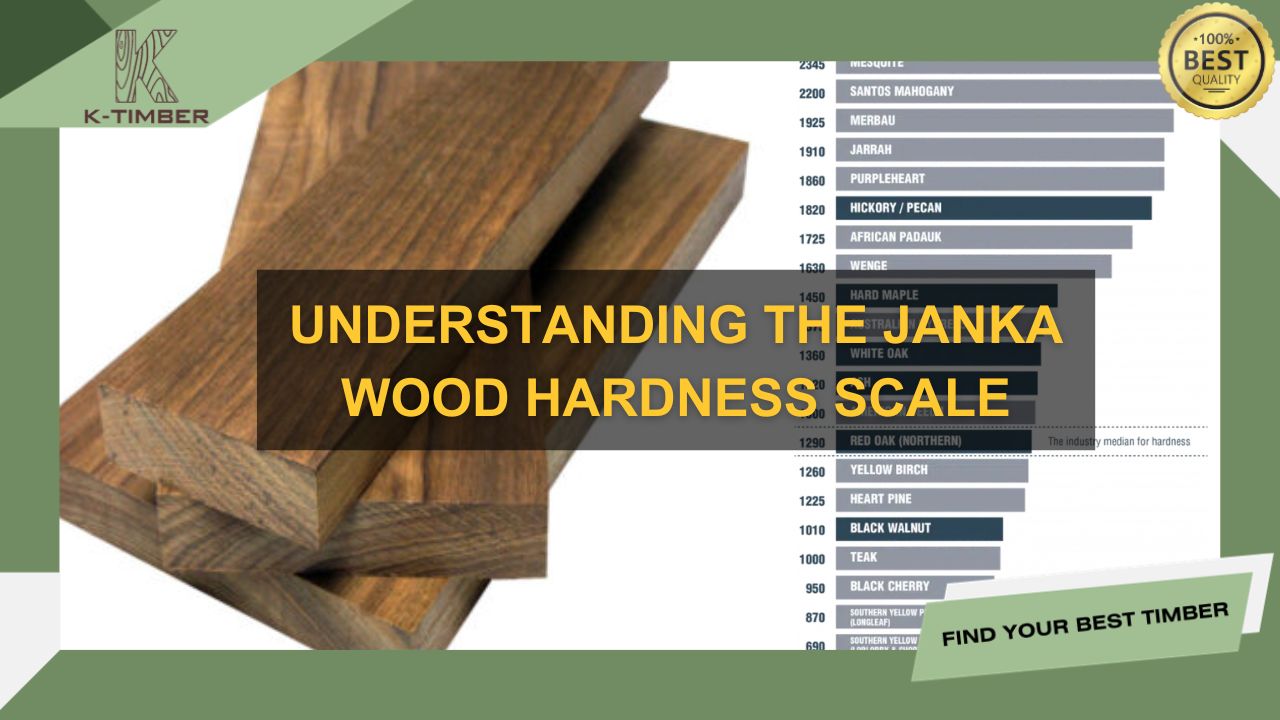
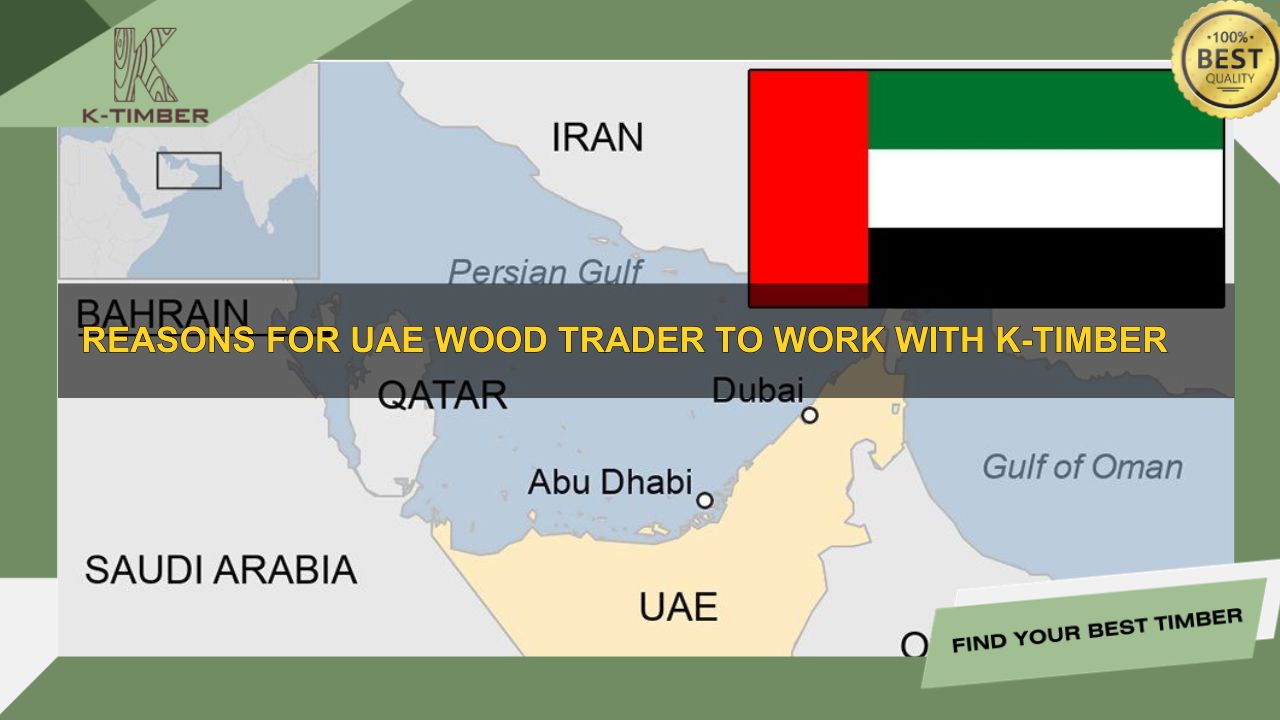
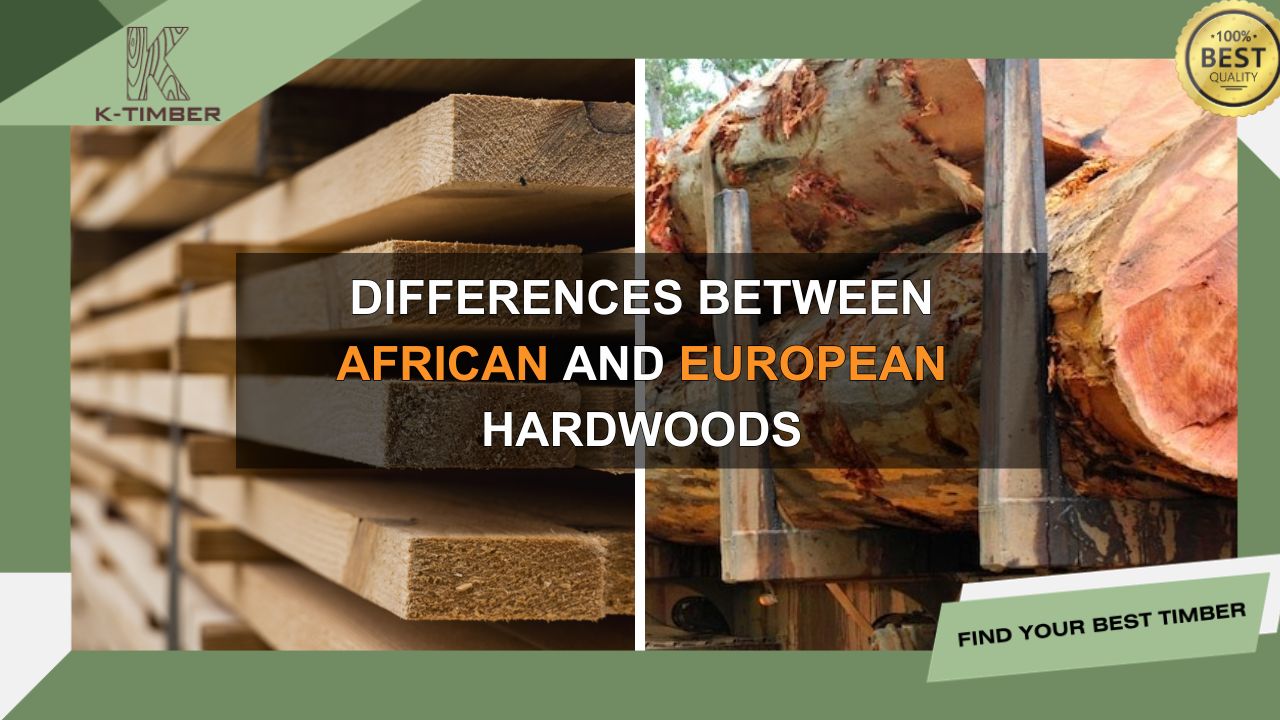

![[K-Timber] Blog Post Boder (1)](https://k-timbers.com/wp-content/uploads/2024/06/K-Timber-Blog-Post-Boder-1.jpg)
